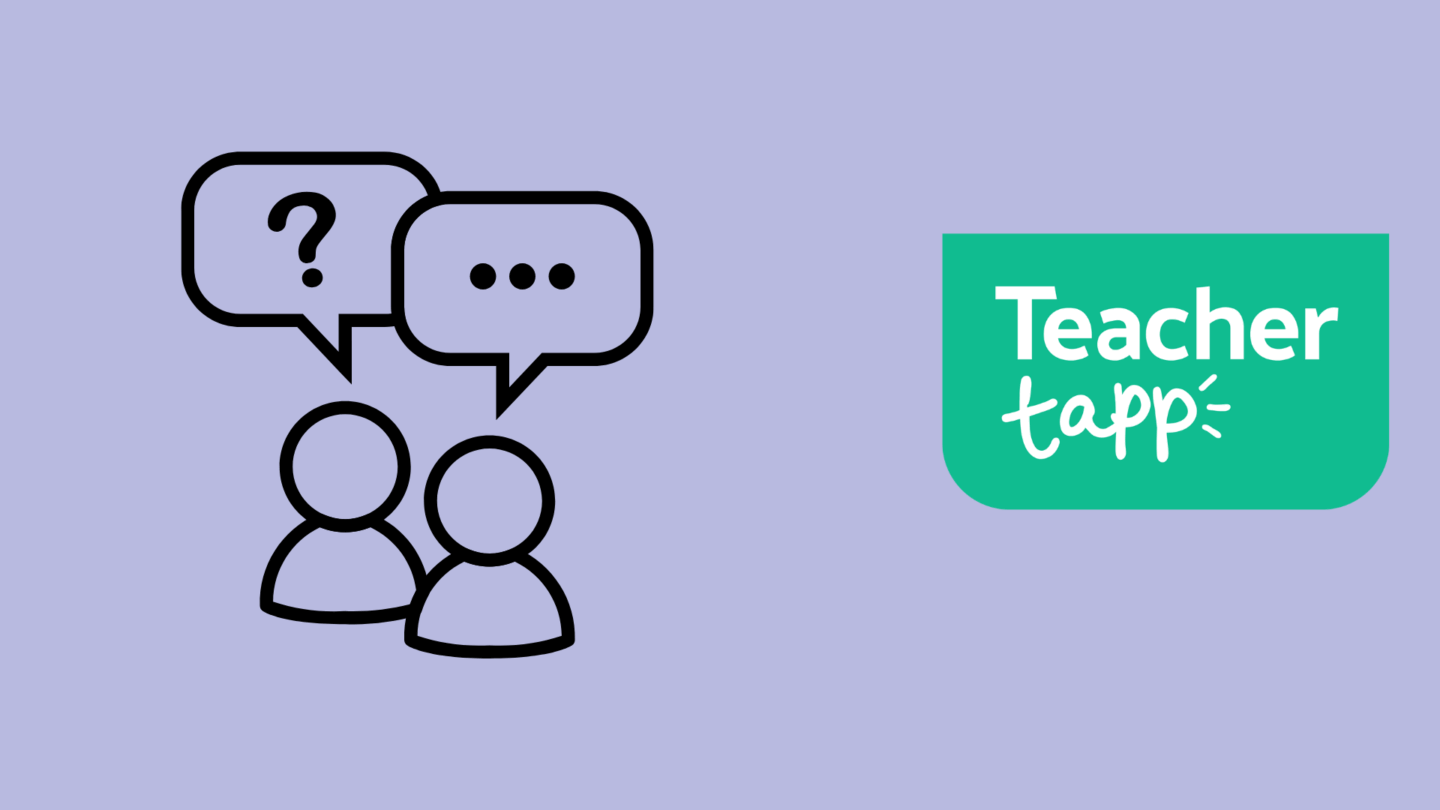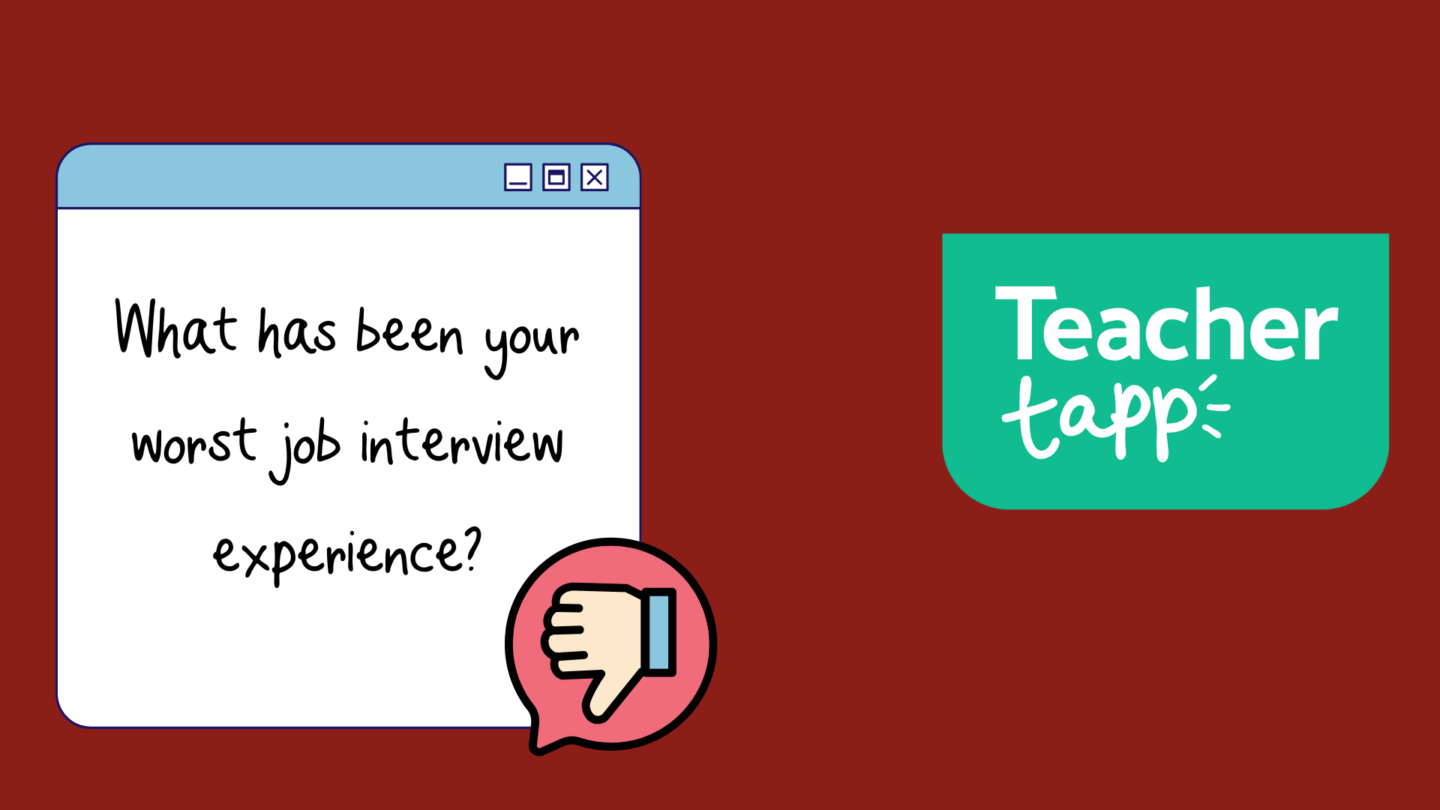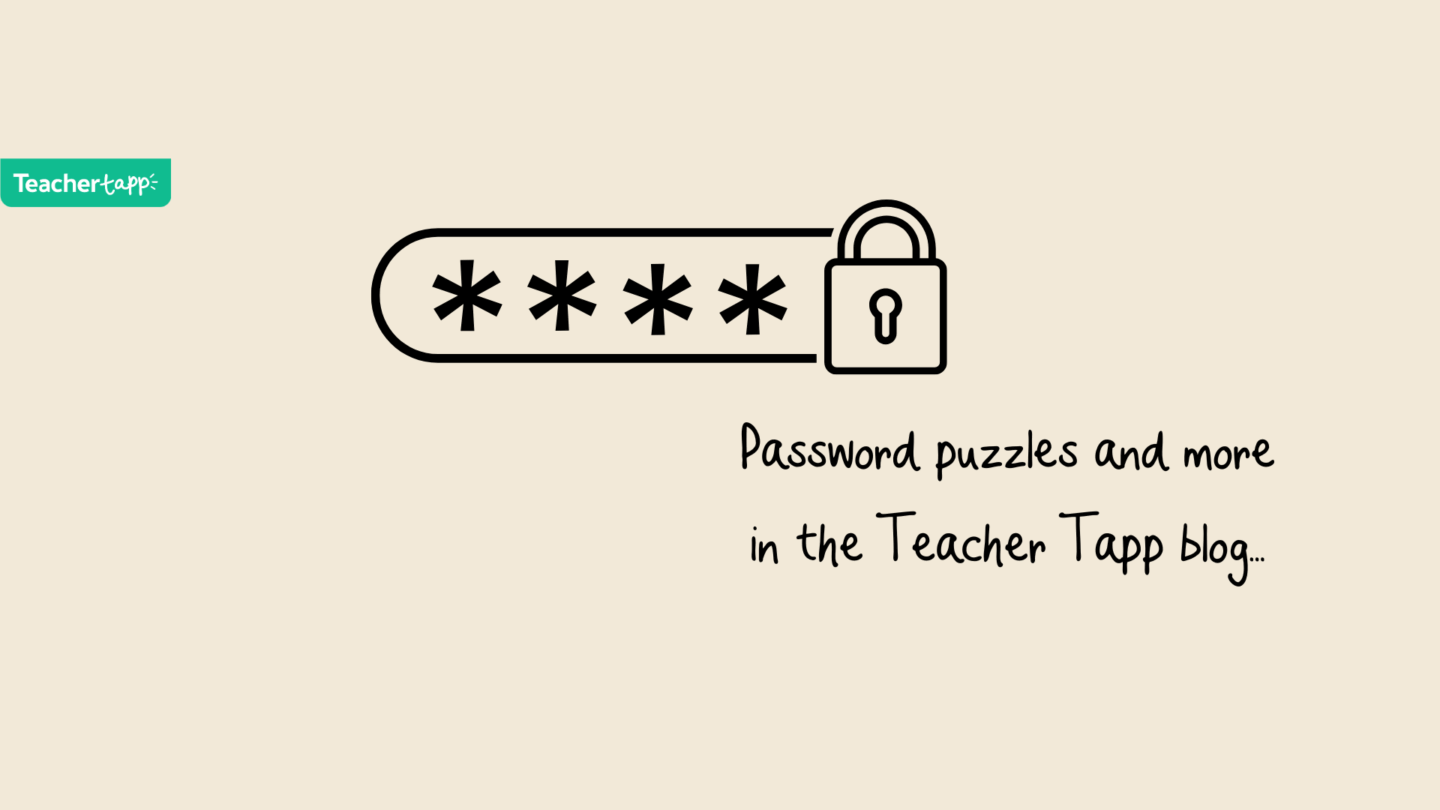If you’ve been teaching for more than five minutes, you’ll know behaviour is one of those topics that never goes away. It shapes learning, affects wellbeing, and can even tip the scales on whether people stay in the profession.
Recently, we asked thousands of Teacher Tappers how behaviour could be improved in schools. More than 4,000 of you replied! The answers were thoughtful, practical, and — in some cases — brutally honest.
Here’s what you said.
The State of Play
First, a bit of context. The data shows a slight improvement this year: in 2023–24, 43% of teachers said a disruption happened in their last lesson; in 2024–25, that’s down to 38%.
But challenges remain:
- Phones cause chaos: 9% of secondary teachers had a mobile disrupt their last lesson — rising to 24% in schools where phones are allowed at break and in class.
- Primary teachers continue to see more disruption than secondary teachers – when asking about a snapshot lesson, 85% of primary teachers experienced low level disruption, compared to 75% of secondary teachers.
- Vaping is creeping in: around 1 in 12 secondary teachers said it’s a problem.
- Swearing is still common: 34% of secondary teachers heard it in their last lesson, compared to 15% in primary.
- Behaviour and retention are linked: 15% of secondary and 13% of primary teachers have considered leaving due to behaviour — and among those with under five years’ experience, it’s even higher.
So, how can we fix it?
1. Consistency, Consistency, Consistency
This came up a lot. Rules need to be the same in every classroom, with every teacher, and followed up every time.
- “It’s no use if I follow the behaviour policy to the letter but the teacher next door lets things slide. The kids notice, and they exploit it.”
And it’s not just about teachers — leadership consistency matters too. Several Tappers expressed frustration when senior leaders don’t back staff up or make exceptions to the rules.
2. Parents on Board
Many of you said that what happens at home can make or break behaviour in school.
- “We need parents to work with us, not against us. If a child is told off in school and the parent immediately undermines that at home, it sends the wrong message.”
Some suggested proactive communication with parents — not just when something’s gone wrong — so the relationship isn’t purely about problems.
3. Consequences That Count
Detentions, sanctions, and removal systems only work if they’re actually carried out and lead to reflection.
- “If a detention is set, it has to happen. If it’s cancelled or ignored, we lose credibility.”
A few teachers also stressed pairing consequences with restorative conversations so students understand the “why” — not just the “what.”
Teacher Tappers also expressed frustration with overly long or ineffective behaviour policies.
- “Behaviour would be better if the behaviour policy wasn’t 43 pages long.”
- “Classroom teachers need to be supported meaningfully by SLT. Too often, teachers are left to feel unsafe.”
- “Restorative conversations are not working.”
4. The Power of Routines
In their answers, teachers made many references to establishing calm, predictable environments in order to stop problems before they start. That means:
- Clear daily routines
- Smooth lesson transitions
- Well-staffed corridors and playgrounds
As one teacher summed it up:
- “Behaviour is so much better when children know exactly what is expected, every minute of the day.”
5. Training for Everyone
Confidence in behaviour management isn’t automatic — especially for early career teachers. Many of you called for more training in de-escalation, positive reinforcement, and consistent language.
- “We need to train everyone — teachers, TAs, lunchtime staff — so we’re all speaking the same behaviour language.”
There were also calls for there to be a review of WHAT behaviour training teachers receive.
Some respondents indicated a need for mental health training and trauma-informed practice training, and there were calls for better and more effective quality training on child development for all teachers.
6. Behaviour out of the classroom
When it comes to improving behaviour in schools, many Teacher Tappers turned their attention to what happens outside the classroom — those precious minutes at break and lunch.
Twenty-three respondents mentioned playgrounds, lunchtimes, or unstructured social times. For some, it was about supervision:
- “More staff on the playground.”
- “Enough resource (equipment & human) in the playground.”
- “More staff policing break and lunch times inc toilet areas.”
There were also plenty of calls for better spaces and facilities — and more of them:
- “Bigger playgrounds with equipment.”
- “Extra break time and better playgrounds to run around.”
- “More playground equipment.”
Ideas for improvement included staggered lunch times to avoid huge crowds, training for midday assistants, and allowing play away from devices. And of course, some just wanted time to connect:
- “Time to talk to children in the morning and after breaks.”
Whether it’s extra staff, better facilities, or longer breaks, the message is clear: social times matter — for wellbeing, for relationships, and for behaviour.
7. Looking Beyond the School Gates
A handful of you zoomed out to bigger issues: the impact of social media, economic pressures, and changes in childhood norms. These can’t be solved by schools alone, but understanding them can help set realistic expectations and build empathy.
The Bottom Line
Improving behaviour isn’t about one flashy intervention — it’s about culture. The clearest theme from your responses is that behaviour gets better when:
- Rules are consistent
- Parents are partners
- Consequences are fair and followed through
- Routines keep things running smoothly
- Staff feel confident and supported
Or, as one Tapper put it perfectly:
“Behaviour improves when staff work together, parents are on board, and children know where the boundaries are — and that they’ll be kept there.”





